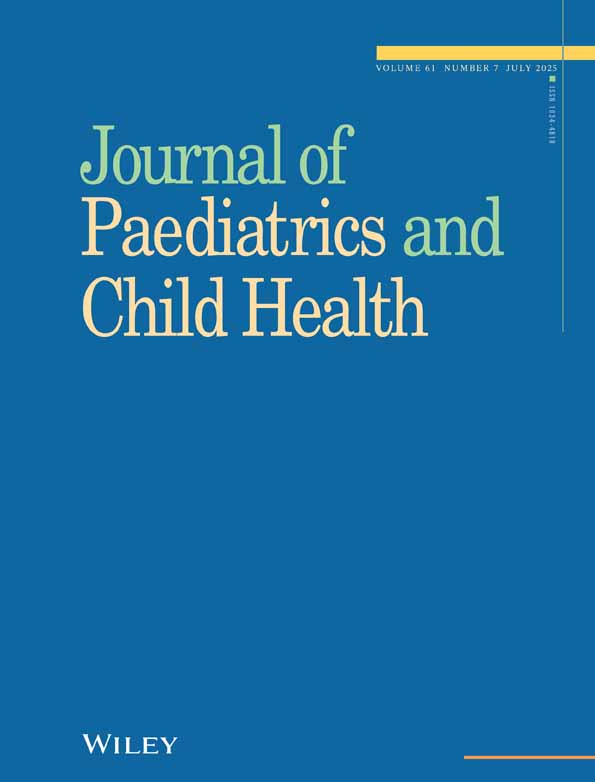Neonatal cranial ultrasound screening for intraventricular haemorrhage
Abstract
The cost effectiveness of performing routine neonatal cranial ultrasound scans to diagnose intraventricular haemorrhage (IVH) on cohorts of high risk infants is in question. In the early 1980s cranial ultrasound scans were performed on preterm infants to expand knowledge of the incidence, aetiology, pathogenesis and evolution of IVH. In many neonatal units high risk infants are scanned on days 5–7 and 10–14 and prior to discharge for extremely low birthweight (ELBW) infants. Cranial ultrasound scanning is often used as a surrogate for assessment of neurodevelopmental outcome with information from meta analyses used to counsel parents about the likelihood of subsequent neurosensory disability.




